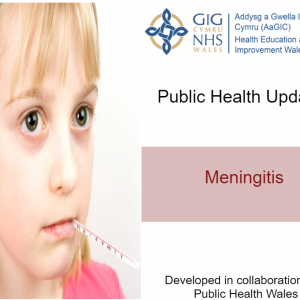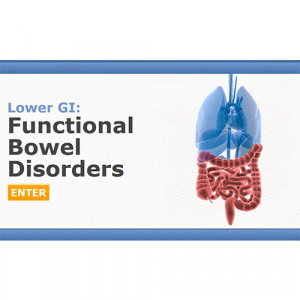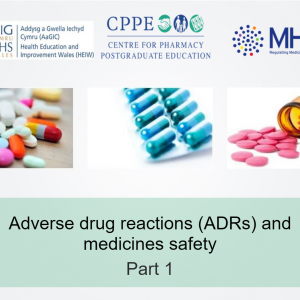Description
IMPORTANT: This course will be moving to the new Y Ty Dysgu learning platform shortly!
- If you are part-way this course, please ensure you complete the course before 19th February 2024.(Your progress on incomplete courses will not be moved across and you would need to re-start the course on the new system).
- If you haven’t done so already, you will need to register onto Y Ty Dysgu in order for your data to be moved across. Details of how to do this can be found here.
If you have completed the course already, your record of completion will be added to the new system in due course.
Many thanks
Pharmacy Team
All pharmacy staff are required to complete the Level 1 training*. This Level 1 training is the interactive format and is the version that should be used by all WCPPEonline users. This will allow your certificate to be stored on your learning dashboard.
*Please note that pharmacists requiring Safeguarding Children training to support enhanced services should complete the Level 2 course and do not need to complete Level 1.
Overview
This programme is a general introduction aimed at all pharmacy staff and is suitable to fulfil health board requirements in contract monitoring. It explains why pharmacists and pharmacy staff must be involved in safeguarding and protecting young people and children. This is intended as an informative and educational programme for pharmacists and pharmacy staff.
Learning objectives
After studying this programme we anticipate that you will be able to:
- Understand your duties and responsibilities with regard to safeguarding children and young people;
- Understand the basic rights of children and young people as described in the United Nations Convention on the Rights of the Child (UNCRC 1989);
- Recognise where there are child protection concerns including the indicators and categories of child abuse and neglect;
- Understand how children and young people may be harmed and be aware of the effects of abuse and neglect on the child;
- Recognise when children are in need of support, and parents need help;
- Remember that the welfare of the child is paramount;
- Know how to make a referral;
- Know where to access advice;
- Realise the importance of sharing information where necessary to safeguard children;
- Work in partnership with parents unless this puts the child at greater risk of harm;
- Understand the importance of good record keeping practices ; ensuring all records are accurate, legible and contemporaneous.





